Iran (IMNA) - In Iran, villages and nomadic communities have played a pivotal role throughout history. These communities have preserved their traditions, customs, and distinct cultural identities, making them an integral part of Iran's diverse tapestry. The National Day serves as a reminder of their enduring spirit and contributions.
Life in Iranian villages is characterized by a close-knit community where people maintain strong bonds and a deep sense of belonging. Traditional rural houses with their mud-brick architecture reflect both simplicity and resilience. Villagers engage in agriculture, animal husbandry, and handicrafts, showcasing their remarkable self-sufficiency and resourcefulness.
The villagers' agricultural practices contribute significantly to Iran's economy. They cultivate various crops like wheat, barley, rice, and fruits. With their diligent work, they not only provide sustenance for their own communities but also contribute to the nation's food production.
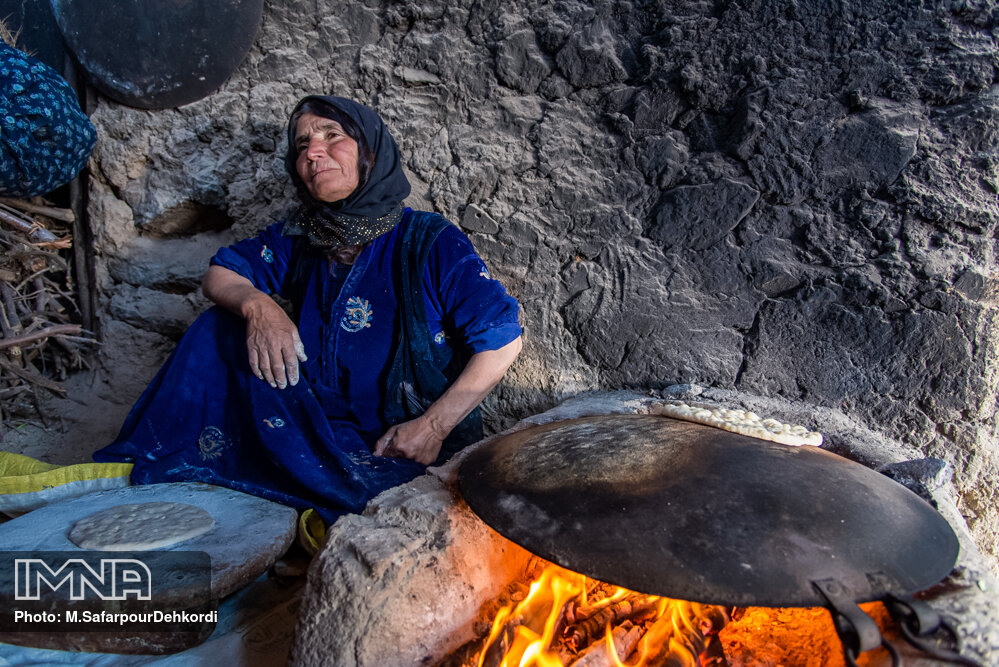
Beyond agriculture, rural areas in Iran are known for their handicrafts. Skilled artisans create beautiful pottery, carpets, textiles, and woodwork, which not only serve as a source of income but also represent the rich cultural heritage of the region. These crafts find their way to markets and homes, both domestically and internationally, bolstering Iran's economy.
Nomadic communities, on the other hand, lead a migratory lifestyle, traversing vast landscapes with their herds of sheep, goats, and camels. These nomads have learned to adapt to the geographical diversity of Iran, moving along designated routes in search of grazing lands and water sources. Their sustainable grazing practices help preserve the delicate balance of the environment.
Nomads play a crucial role in Iran's wool and dairy industries. They produce high-quality wool, which is used in the production of traditional Iranian carpets and textiles. Additionally, their dairy products such as milk, yogurt, and cheese are not only consumed locally but also exported, contributing to Iran's international trade.
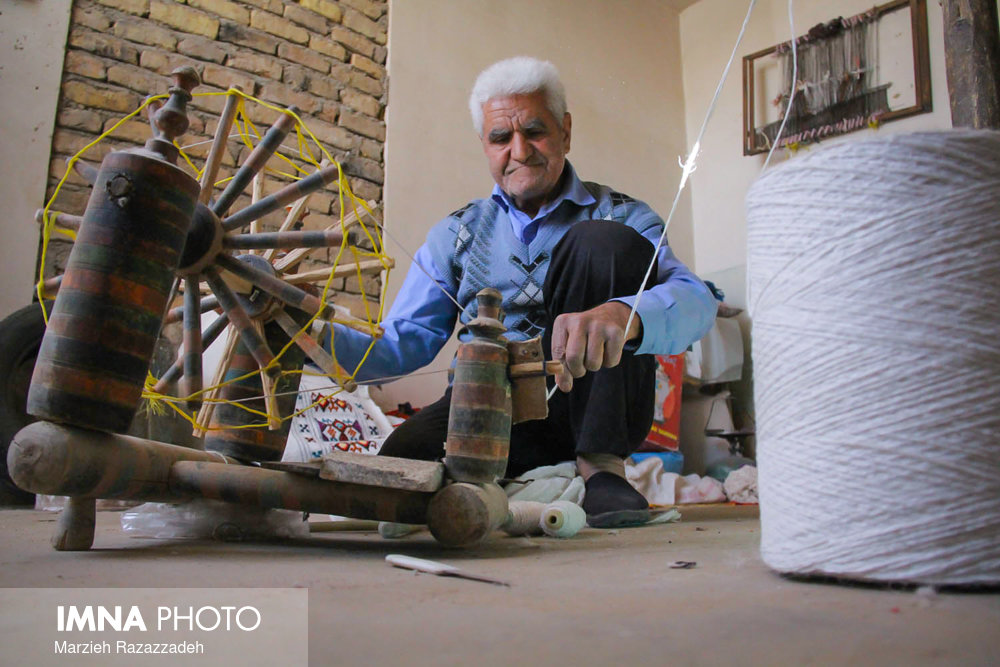
The National Day of Village and Nomads in Iran serves as a tribute to these communities' resilience, hard work, and invaluable contributions to the country's economy. It reminds us of the need to appreciate and preserve their way of life, ensuring their continued prosperity for generations to come.
Iran tries to preserve village life
In a recent announcement, Amir Hossein Madani, the Vice President of Iran's Rural Development and Underprivileged Regions Department, highlighted the remarkable progress made in rural areas over the past two years. With a total investment of 80 thousand billion Tomans, approximately 670 thousand jobs have been generated in villages and nomadic regions. This achievement reflects the government's commitment to improving work opportunities and social welfare in these areas.

Madani emphasized the revival of stagnant and semi-closed units as a key aspect of rural development. He revealed that 900 production units in rural areas have successfully resumed their operations, contributing to the local production cycle. Additionally, addressing the issue of product marketing and middlemen, a comprehensive plan has been devised to establish 500 markets for rural products along high-traffic and tourist routes. The primary goal of this initiative is to eliminate intermediaries and provide consumers with higher-quality products at more reasonable prices.
Highlighting the importance of infrastructure development in rural areas, Madani stated that 30,000 construction projects have been completed within the last two years. These projects play a vital role in enhancing the livelihoods of rural communities and increasing their income levels.
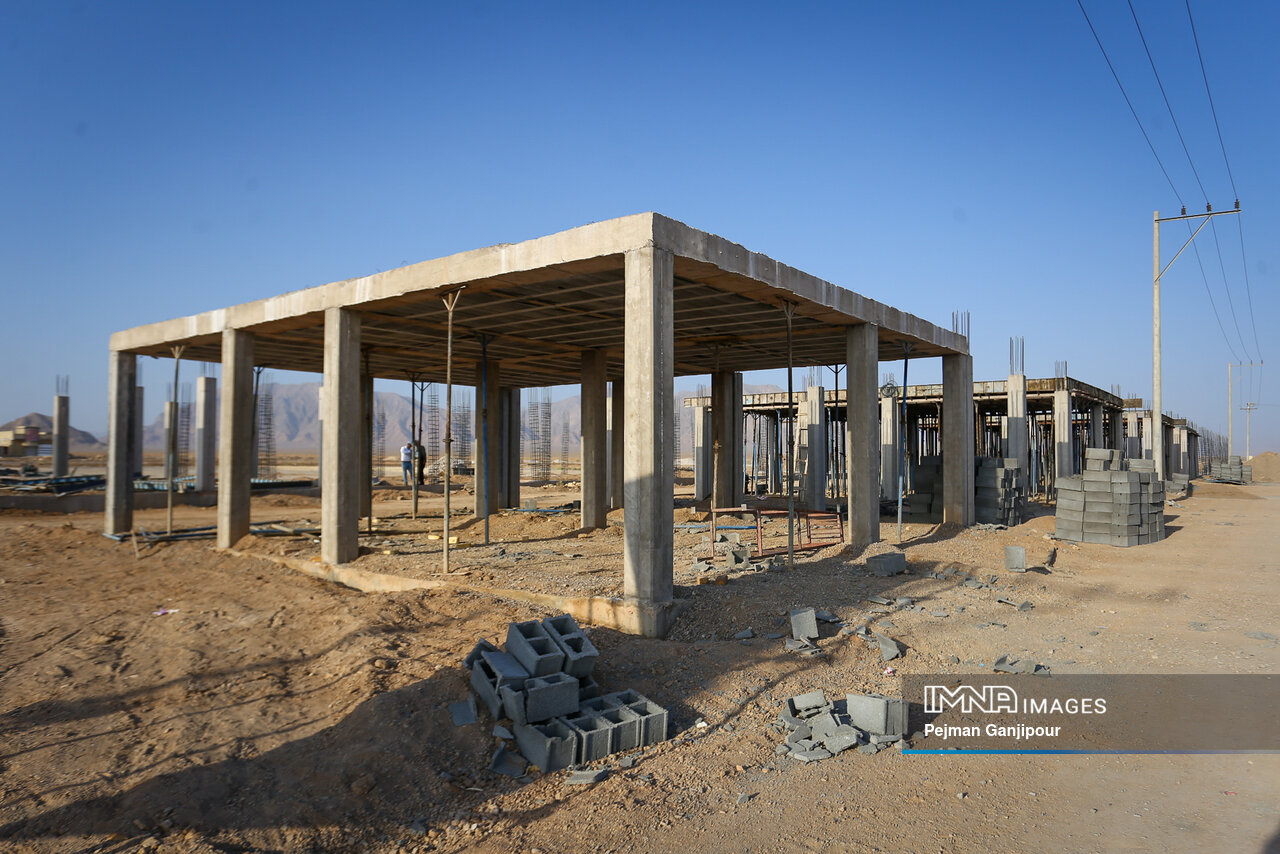
According to the Deputy Director of Iran's Rural Development and Underprivileged Regions Department, there has been a significant trend of people returning from urban areas to their villages. Between 2016 and 2021, approximately 450,000 individuals made the decision to return to the village. This positive trend has continued under the current government, with 900 previously semi-closed rural units successfully reintegrated into the production cycle. Moreover, Iran's Secretariat of the Movement for the Revival of Economic Units has revived 5,700 economic units, aiming to restore 8,000 units by the end of this year.
Madani also shed light on the mining sector, revealing that there are 11,000 mining villages in the country. Out of the 6,000 mines that were closed, 500 have been successfully restored, with a target of restoring an additional 3,000 rural units by the end of the government's term.
The progress achieved in rural development signifies the government's dedication to improving the living conditions and economic opportunities for residents in these areas. With continued efforts and strategic initiatives, it is expected that further advancements will be made, leading to a more prosperous and sustainable future for the country's villages.
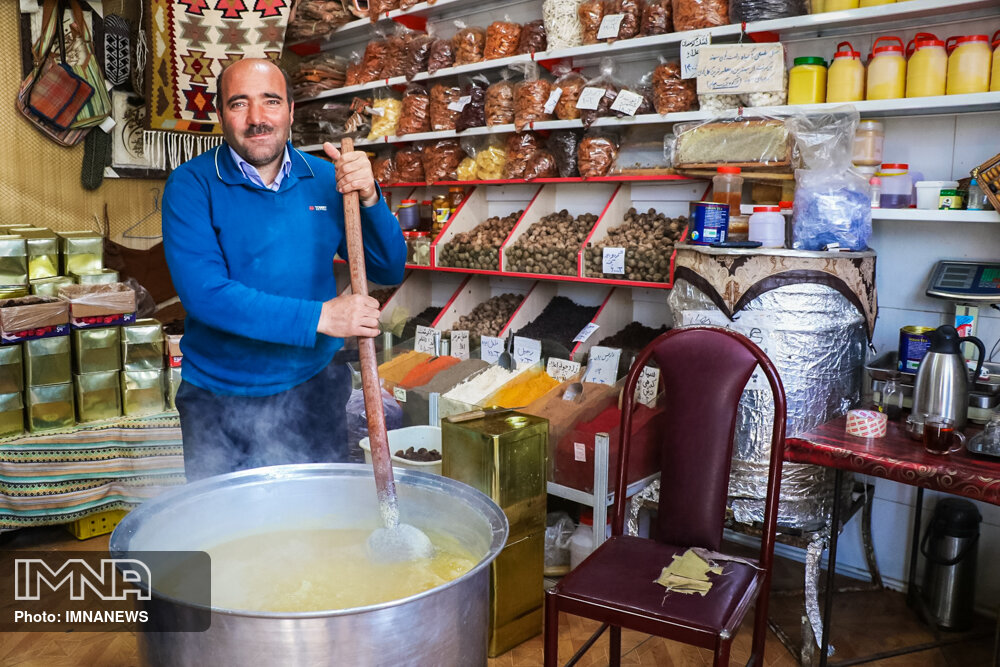

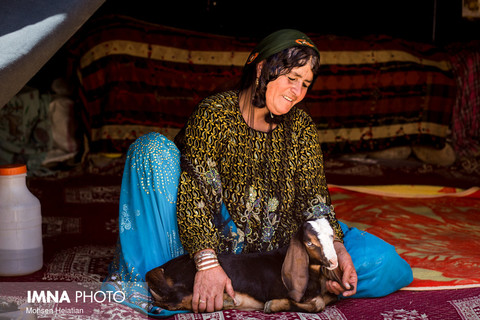
Your Comment